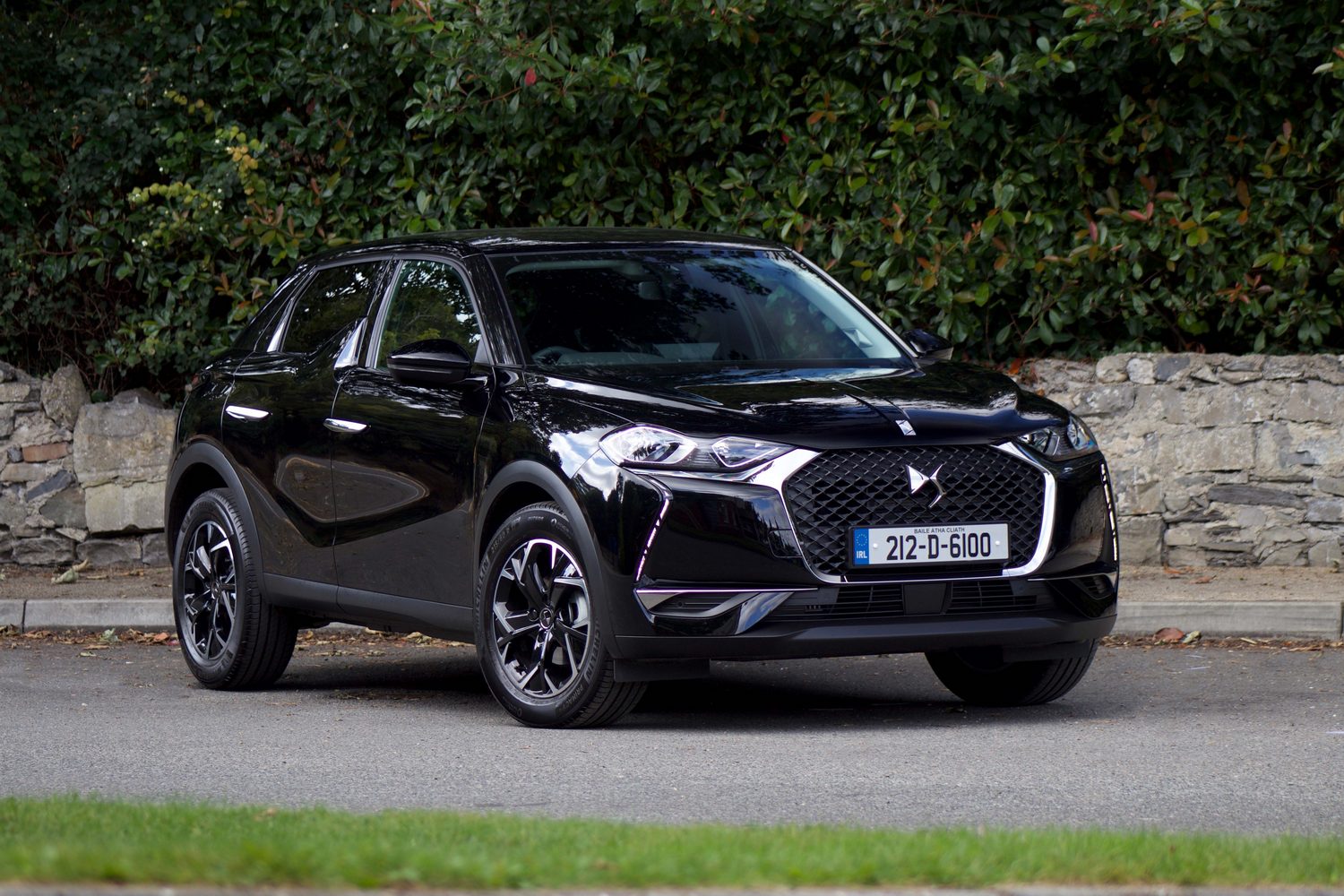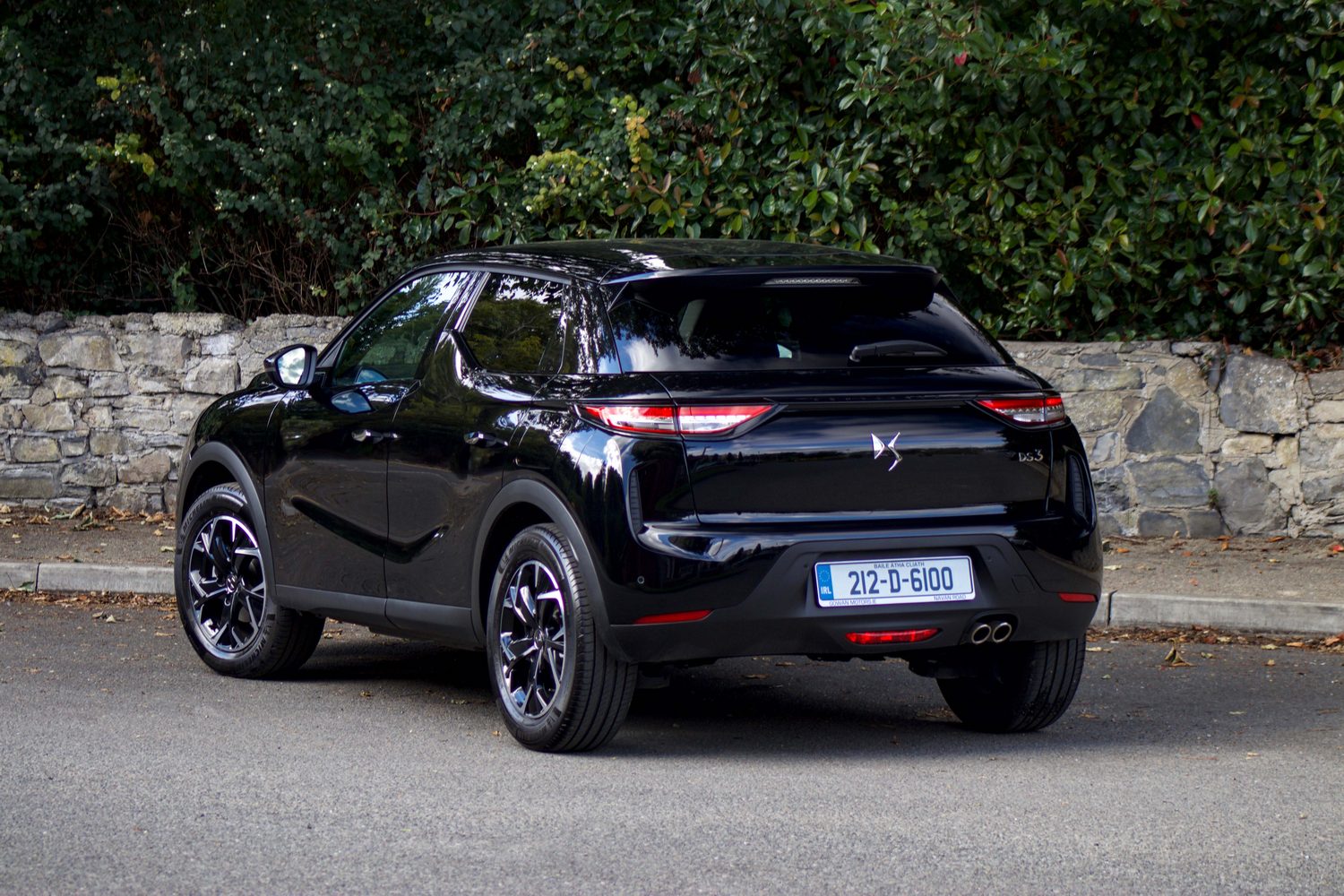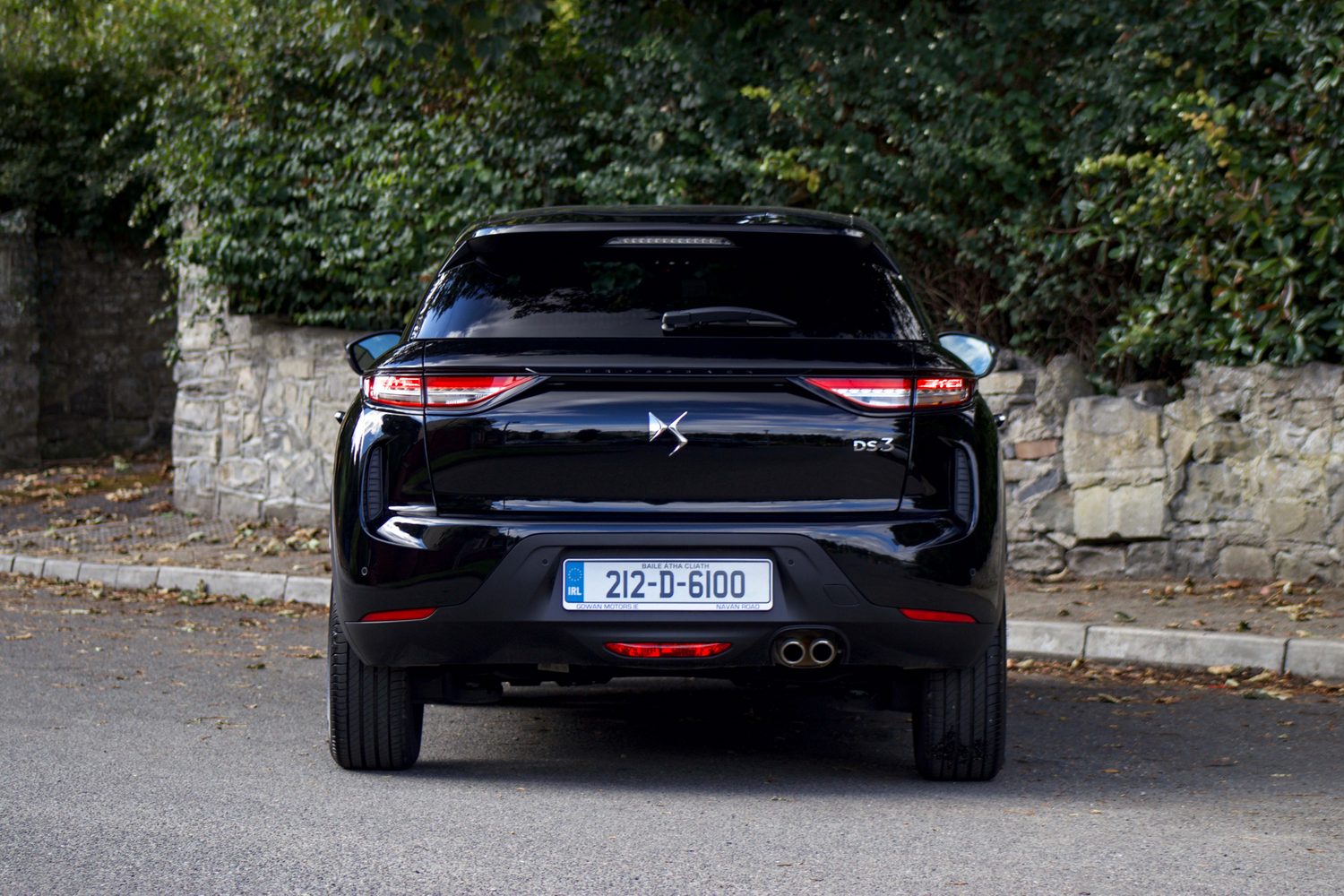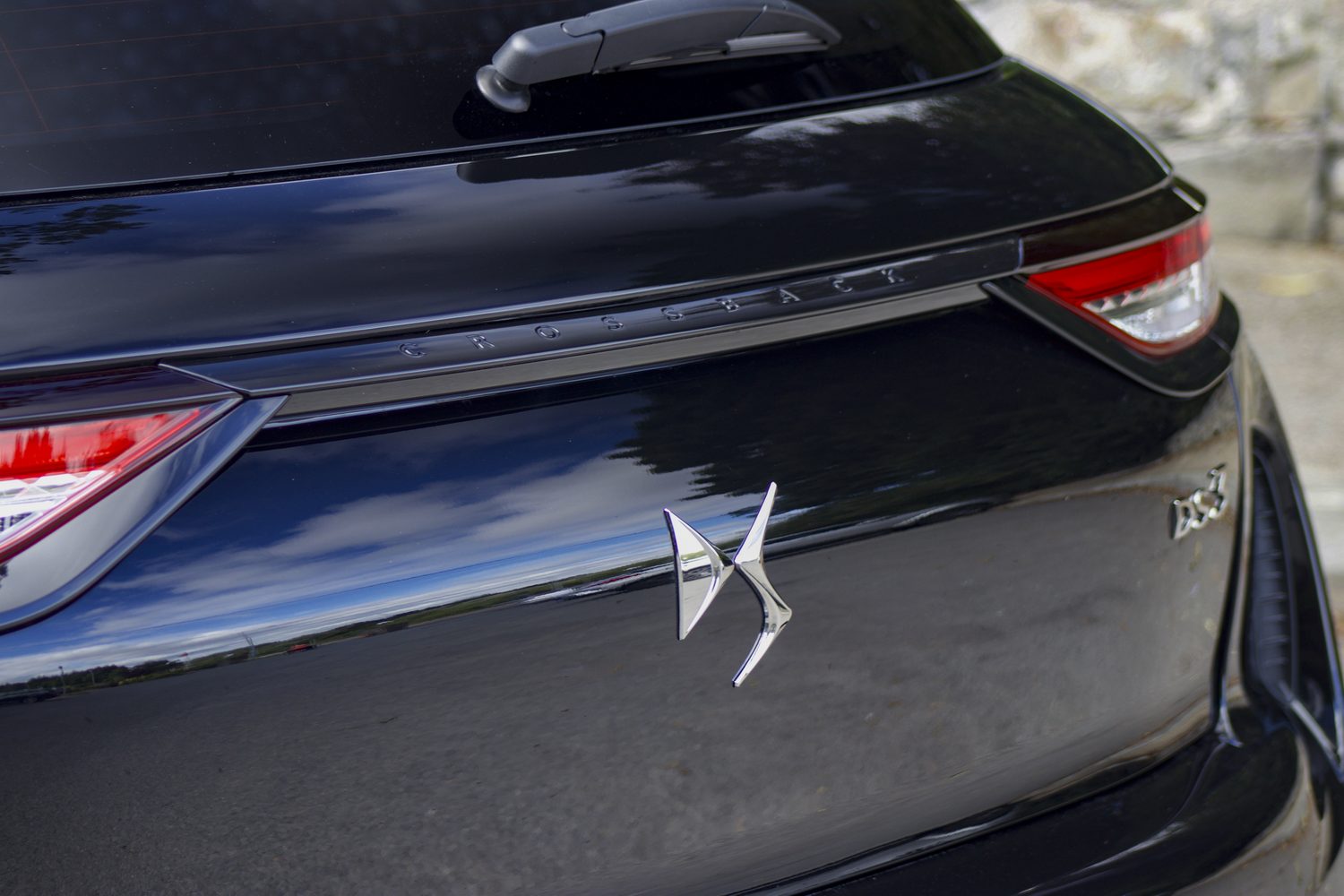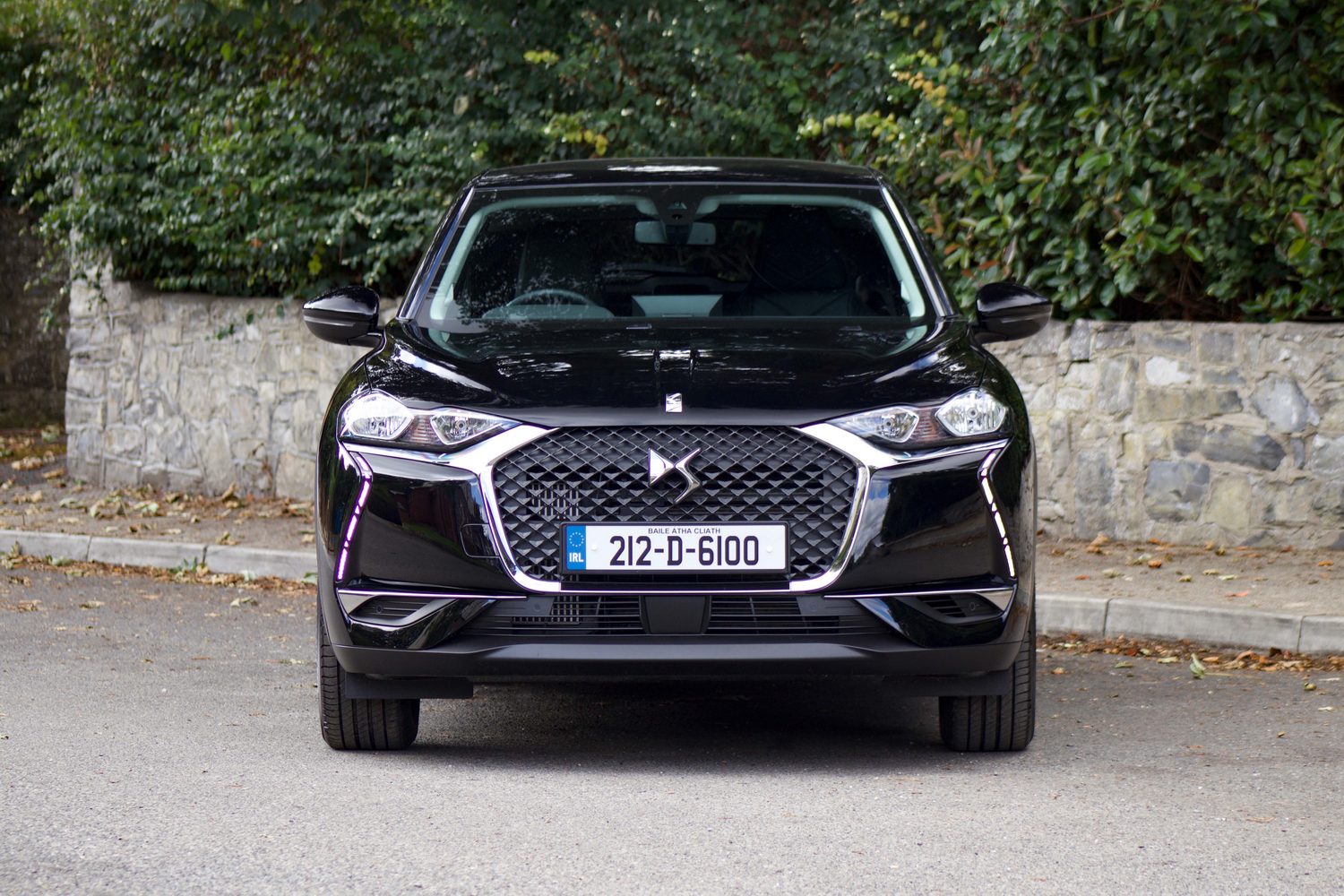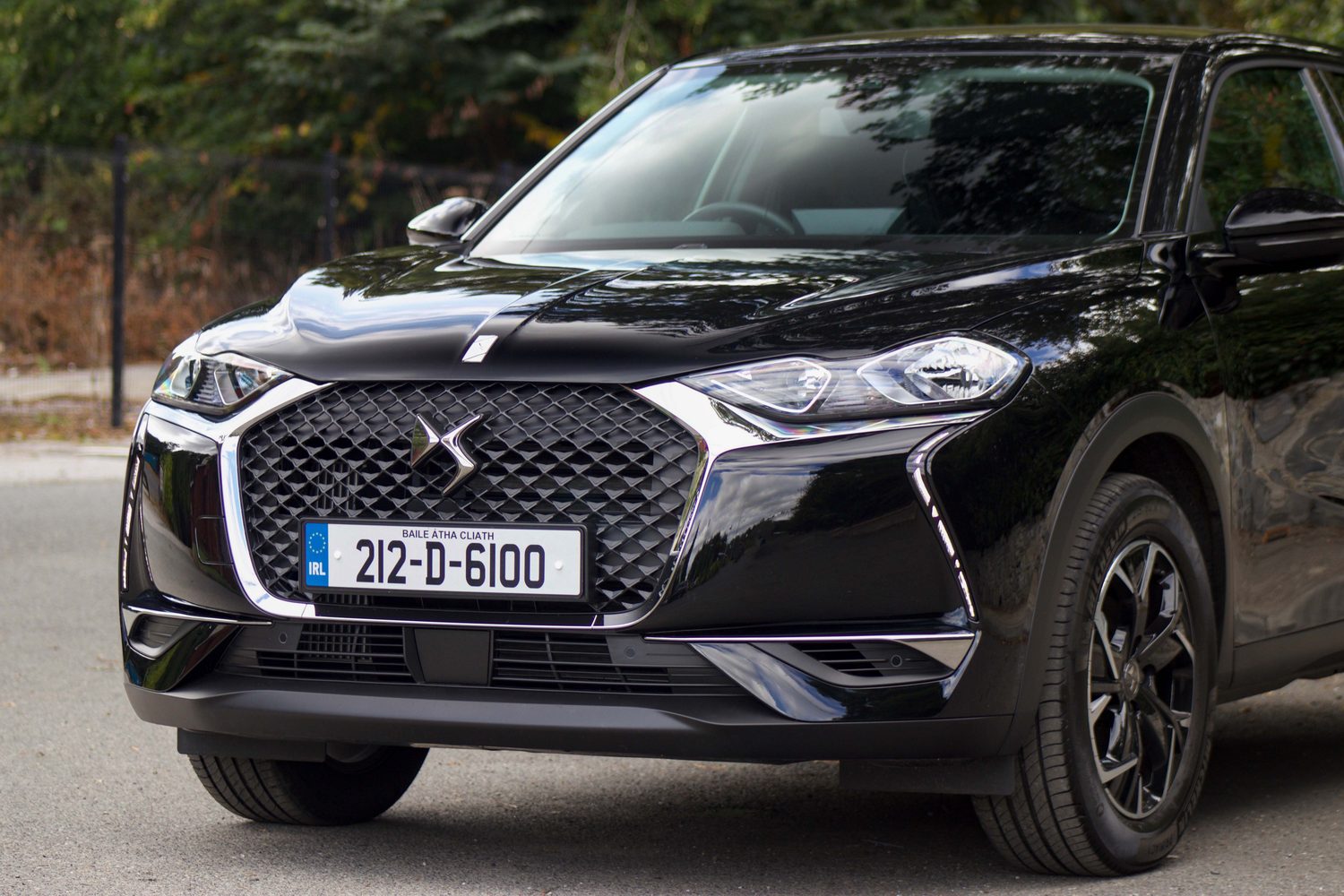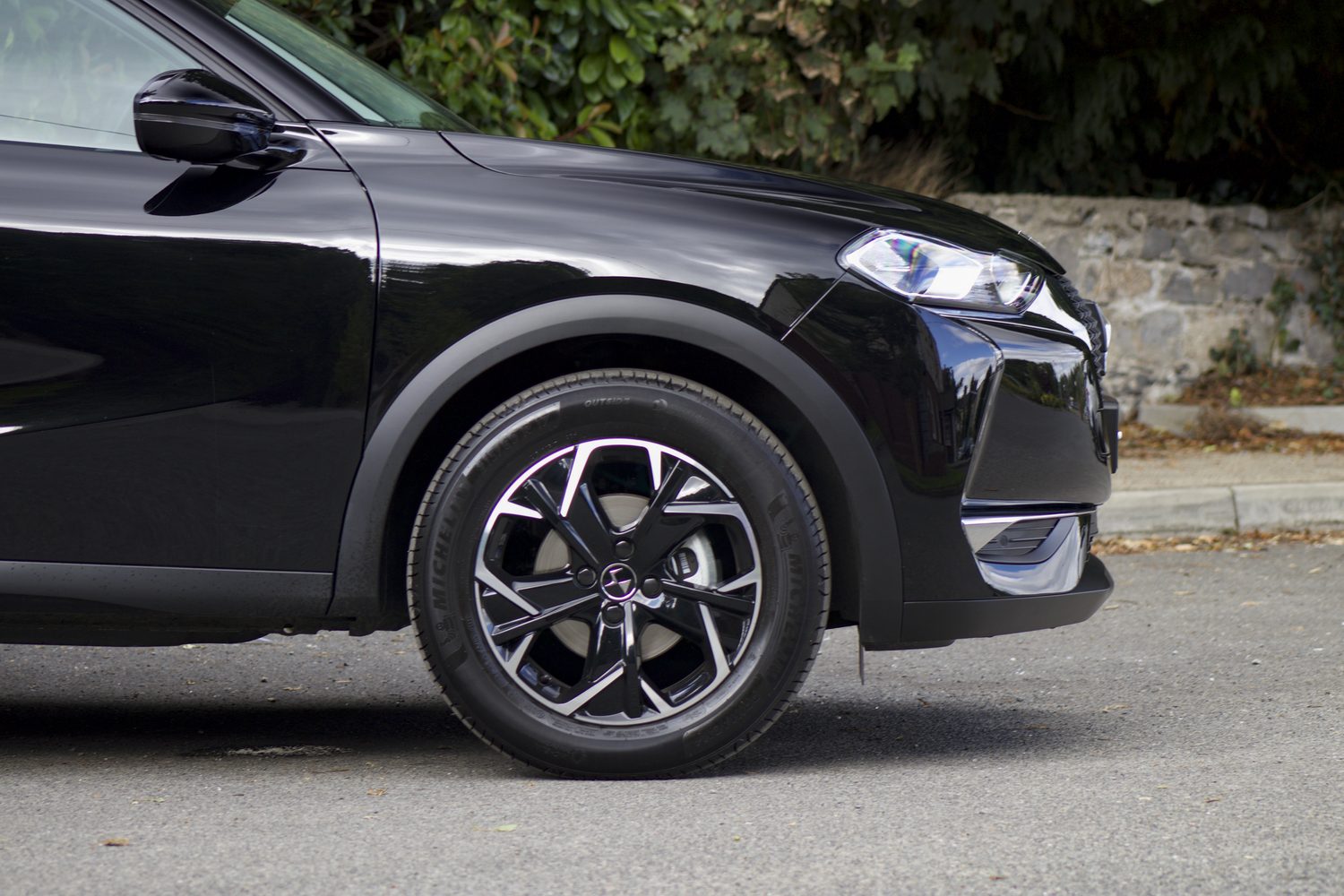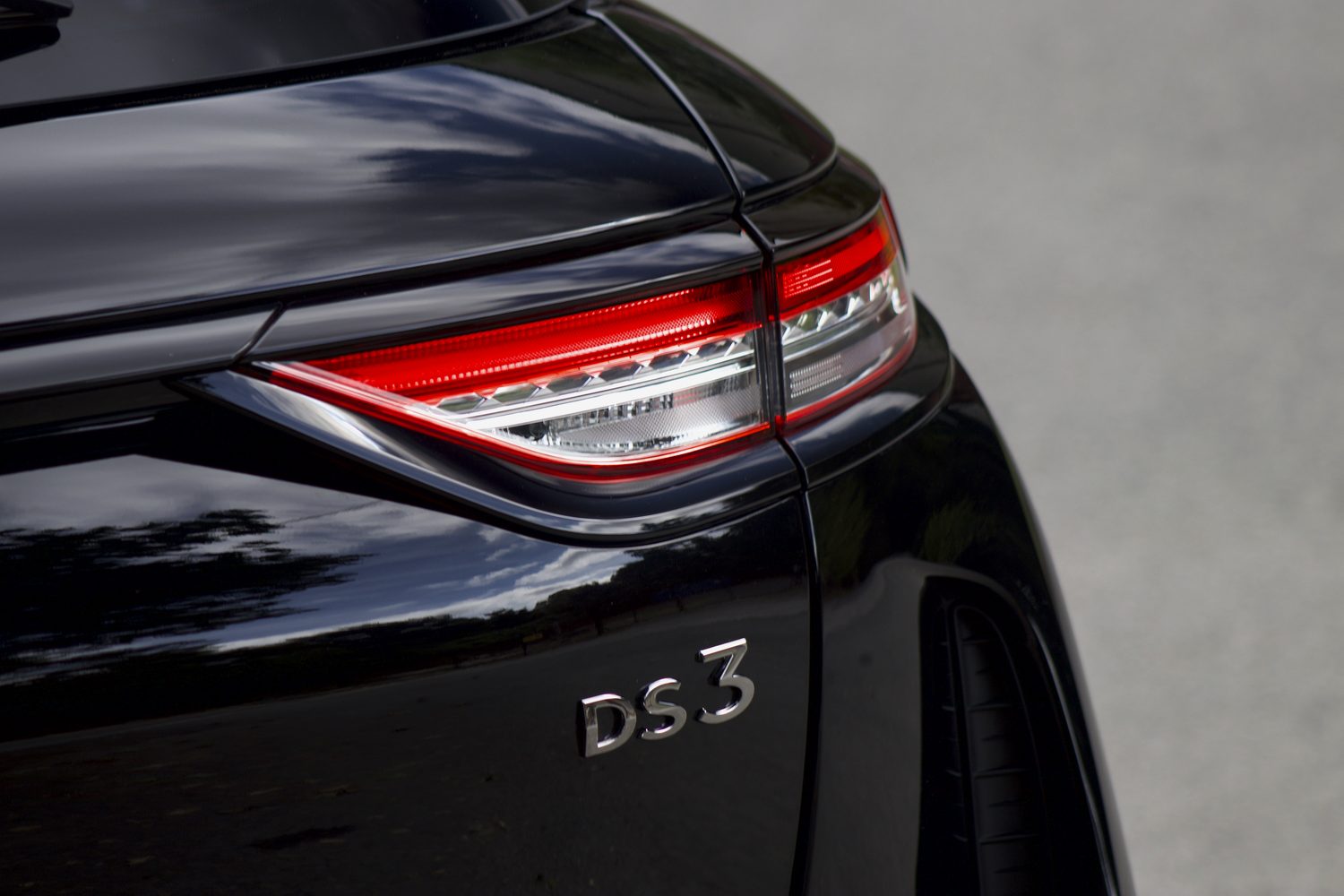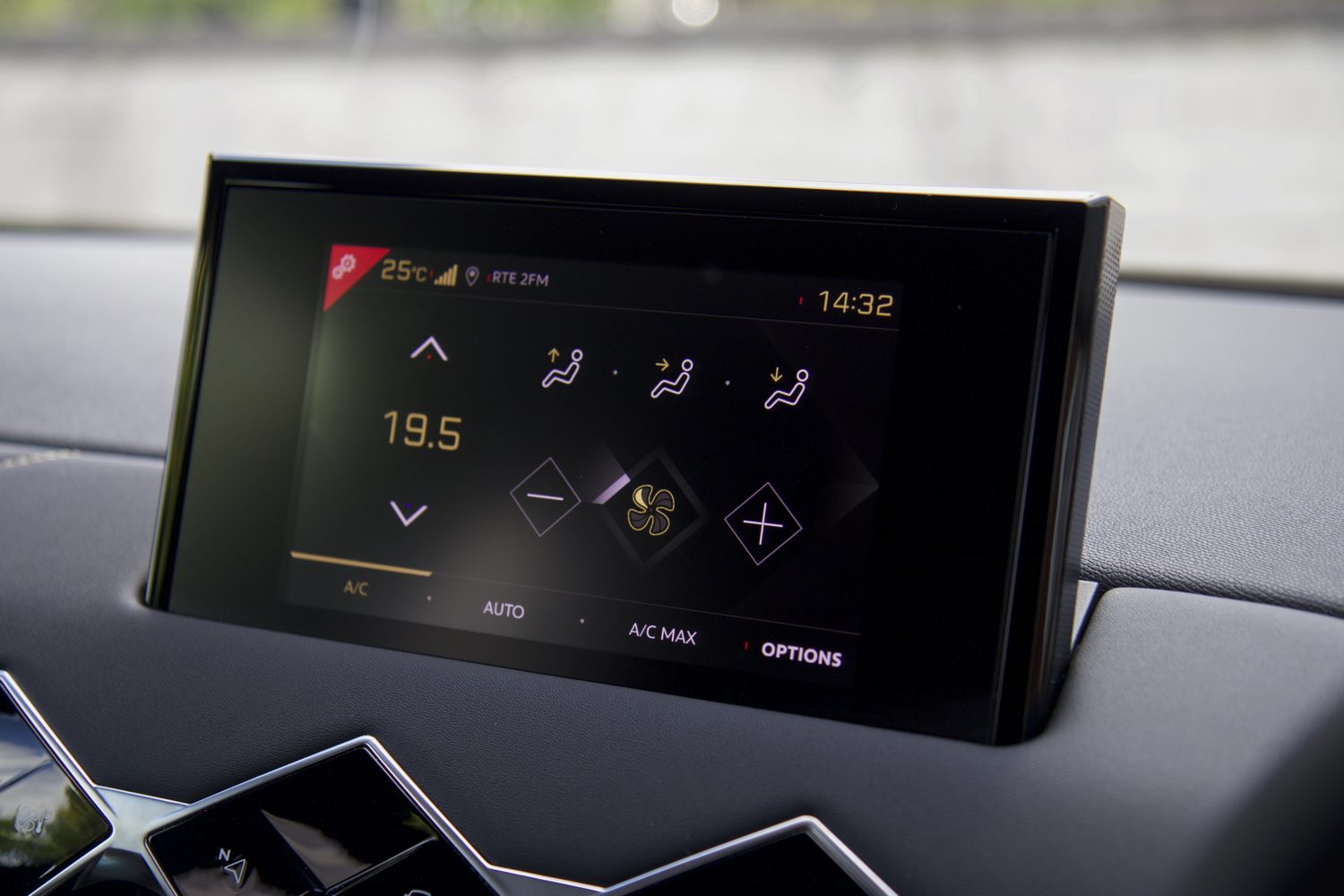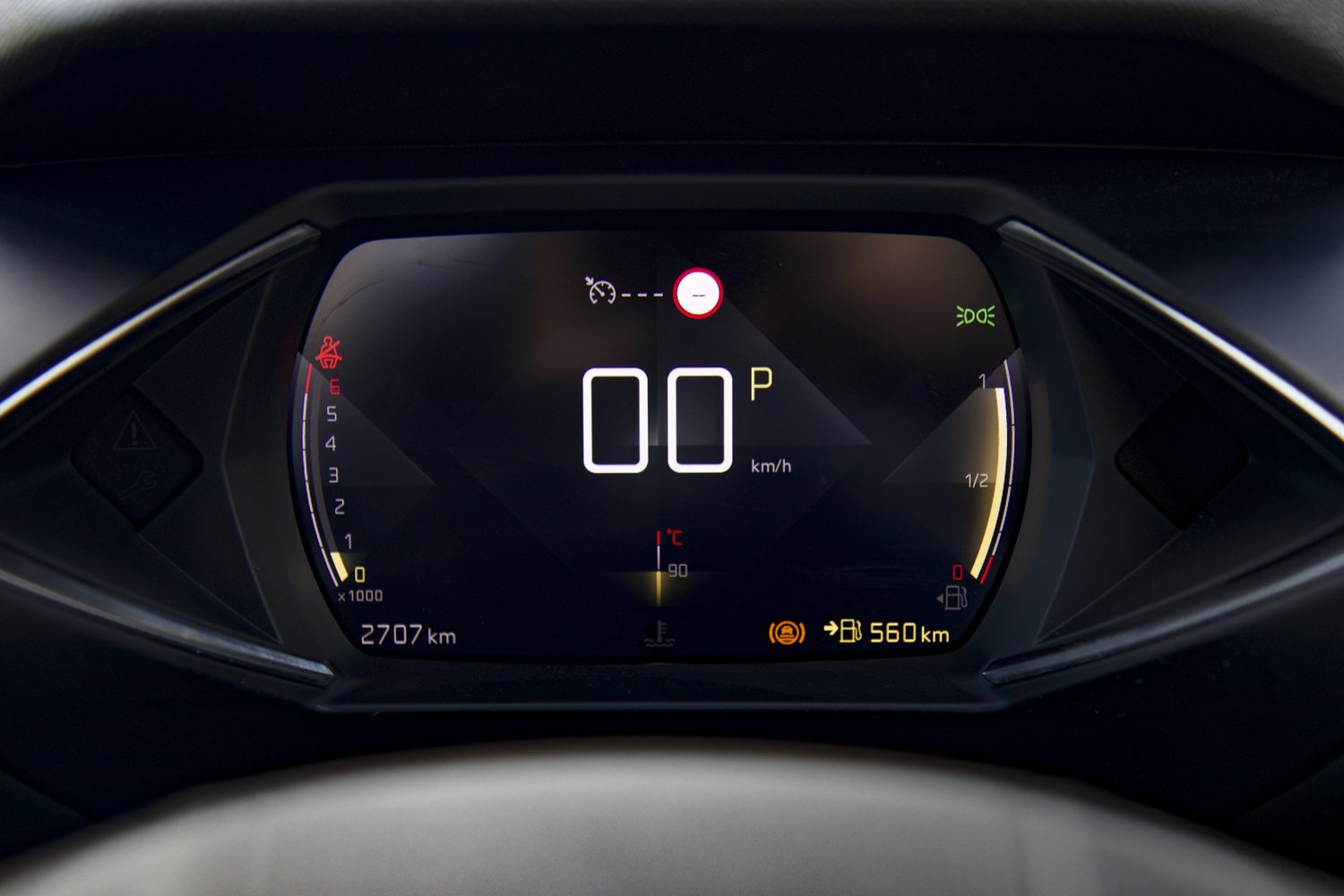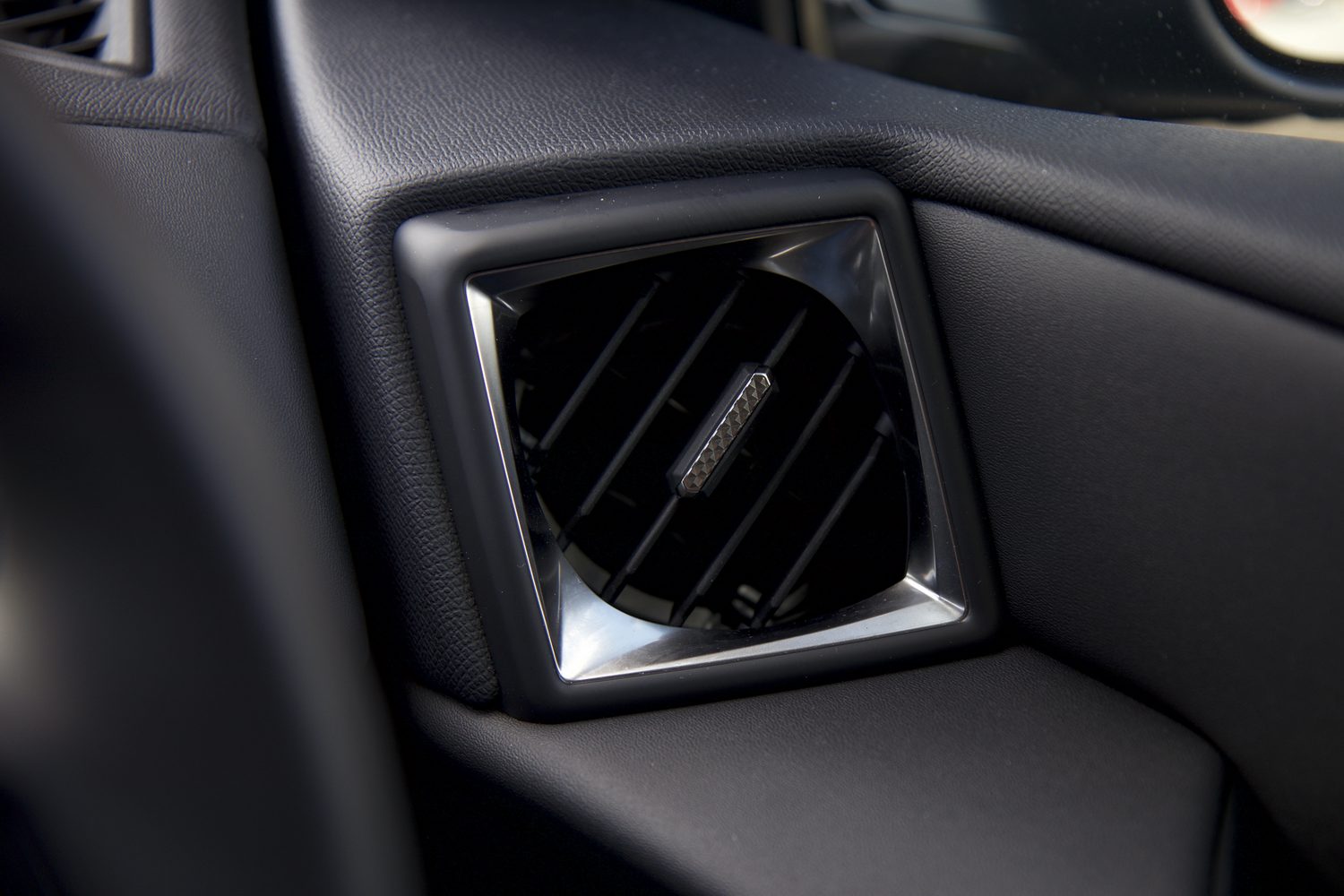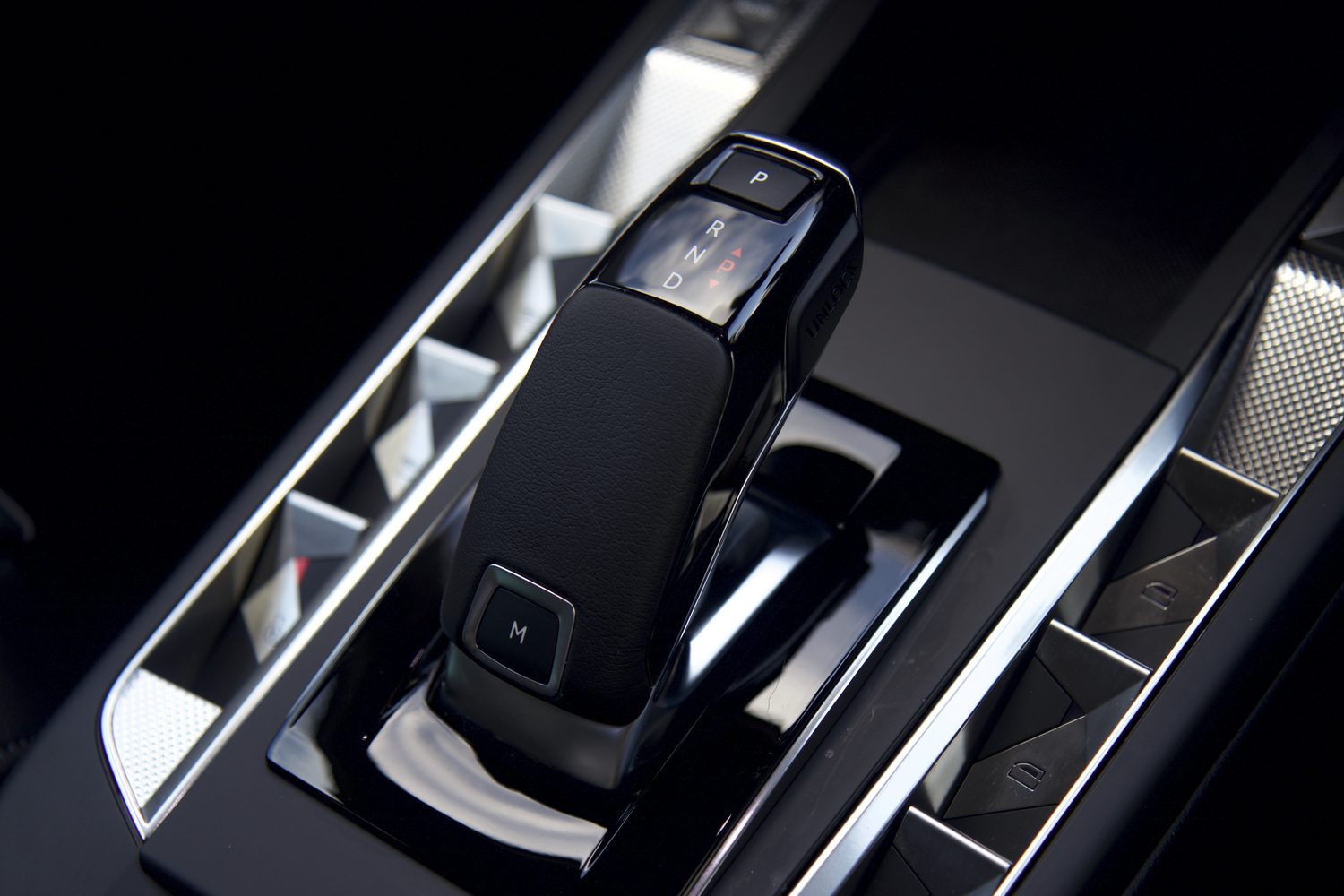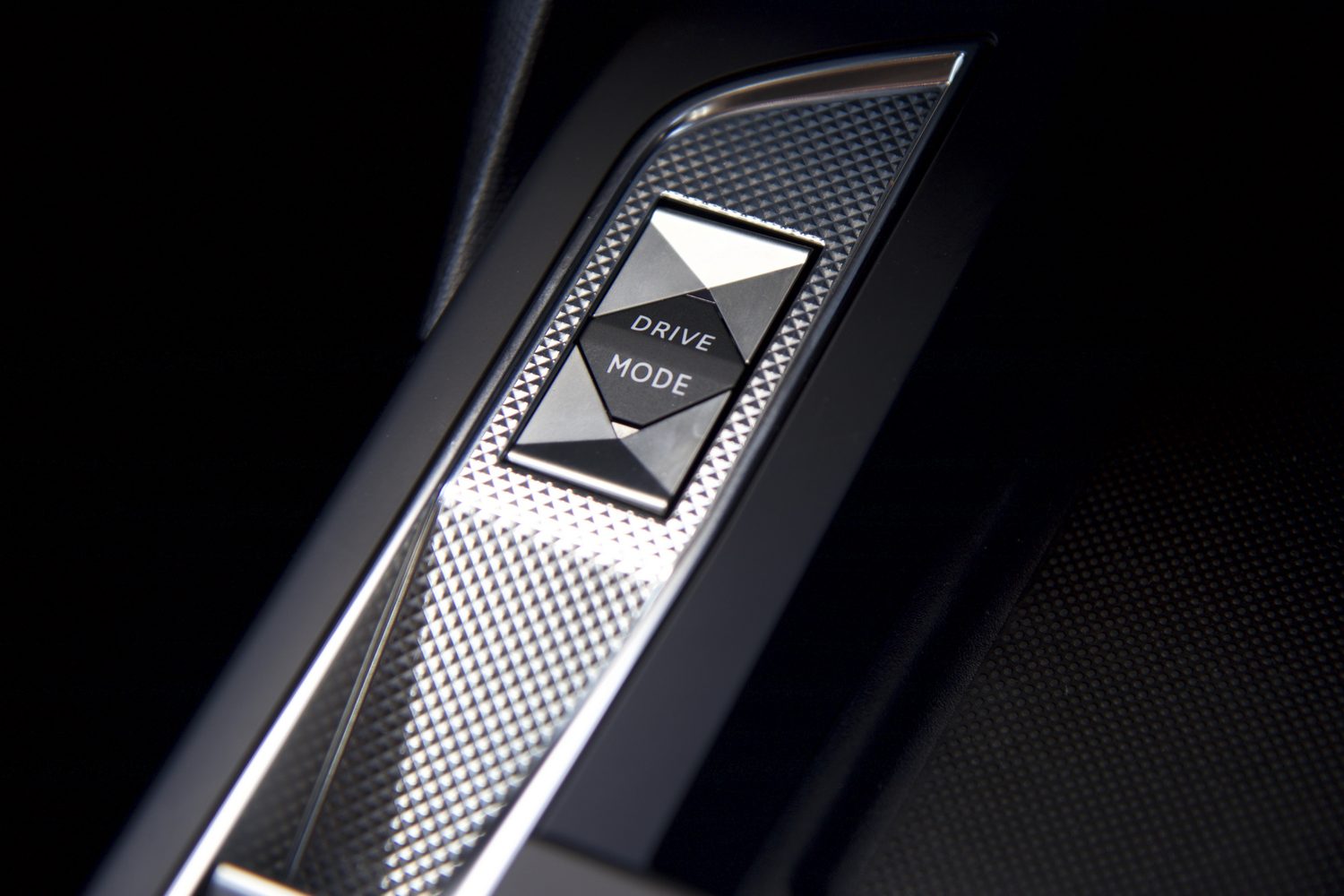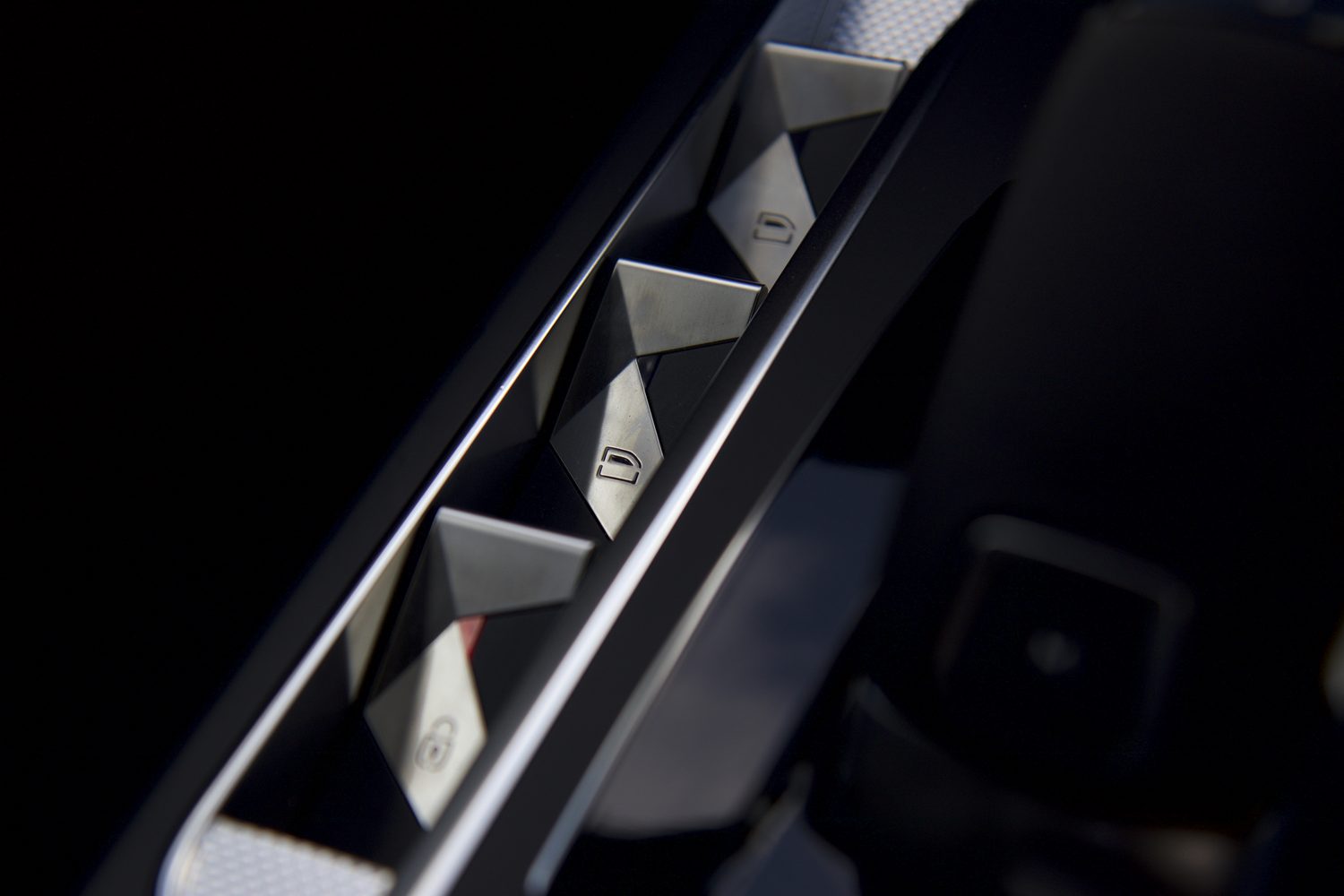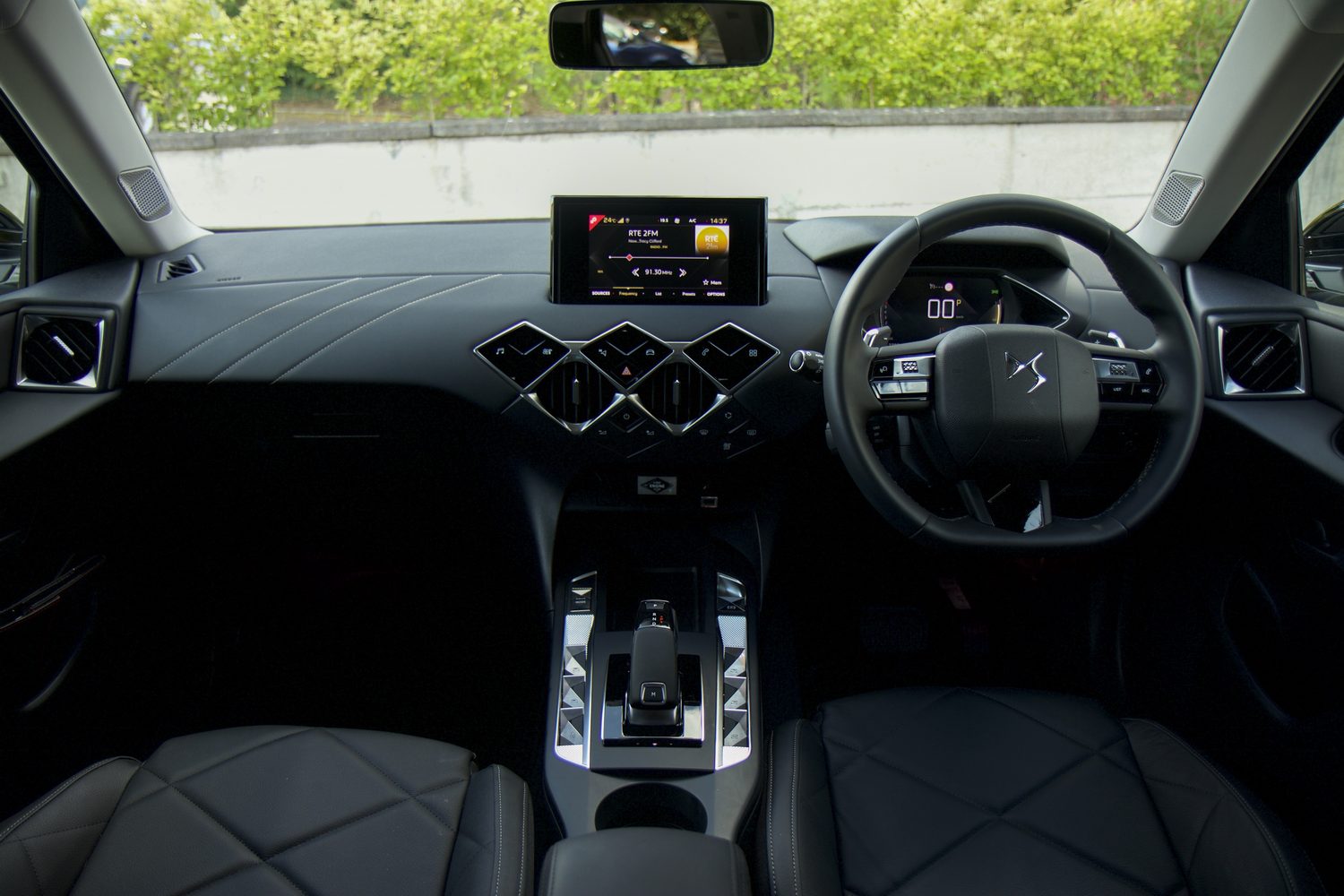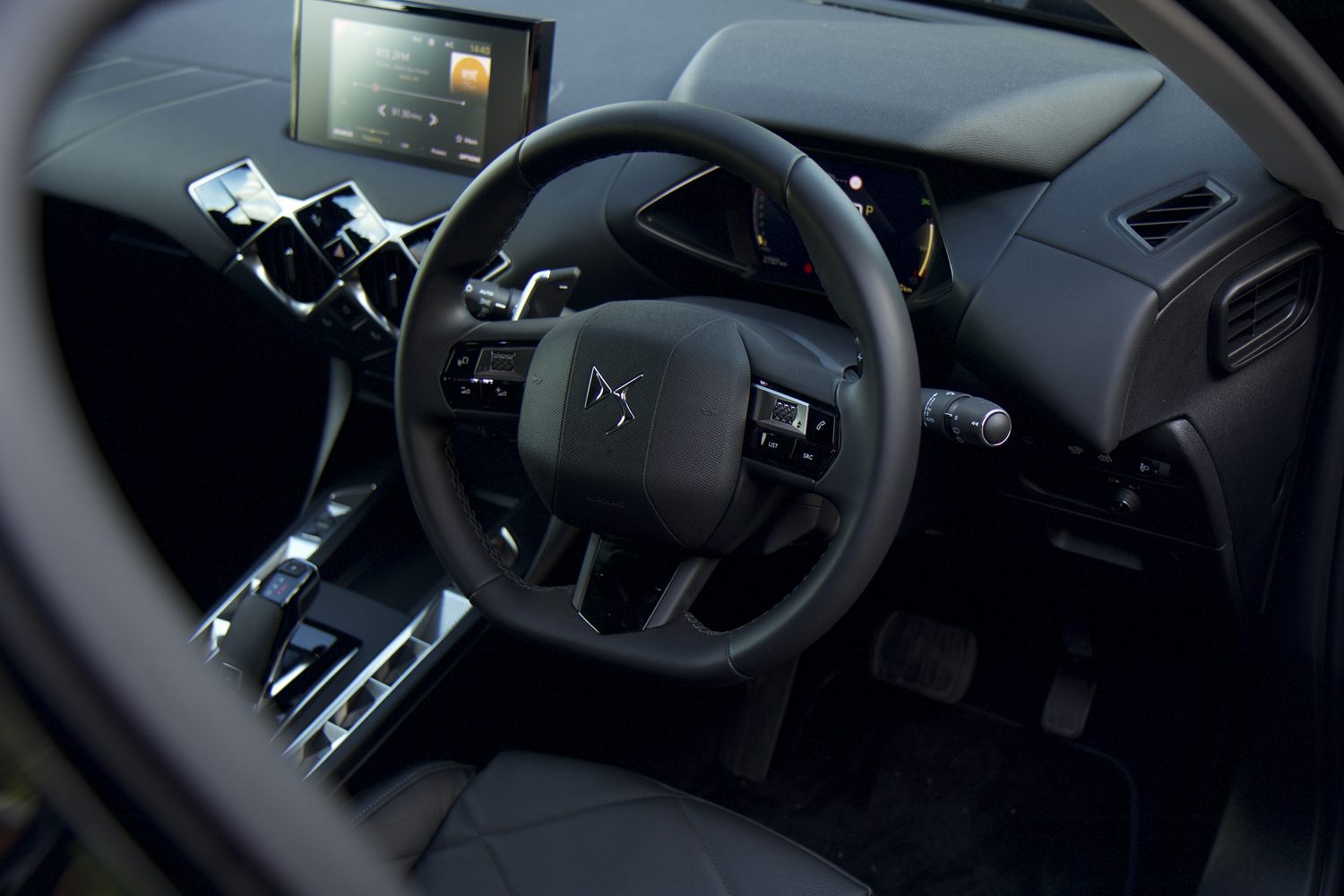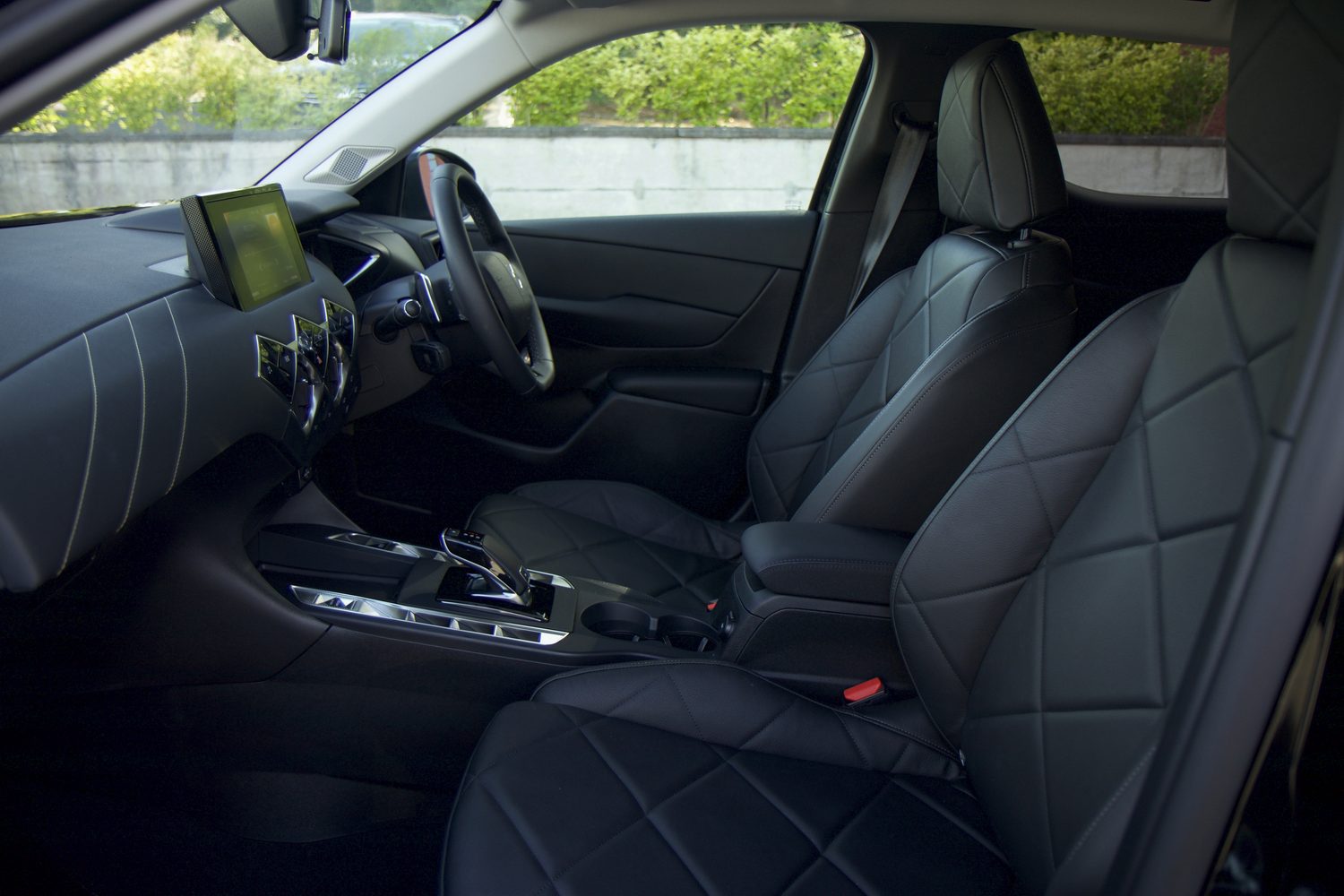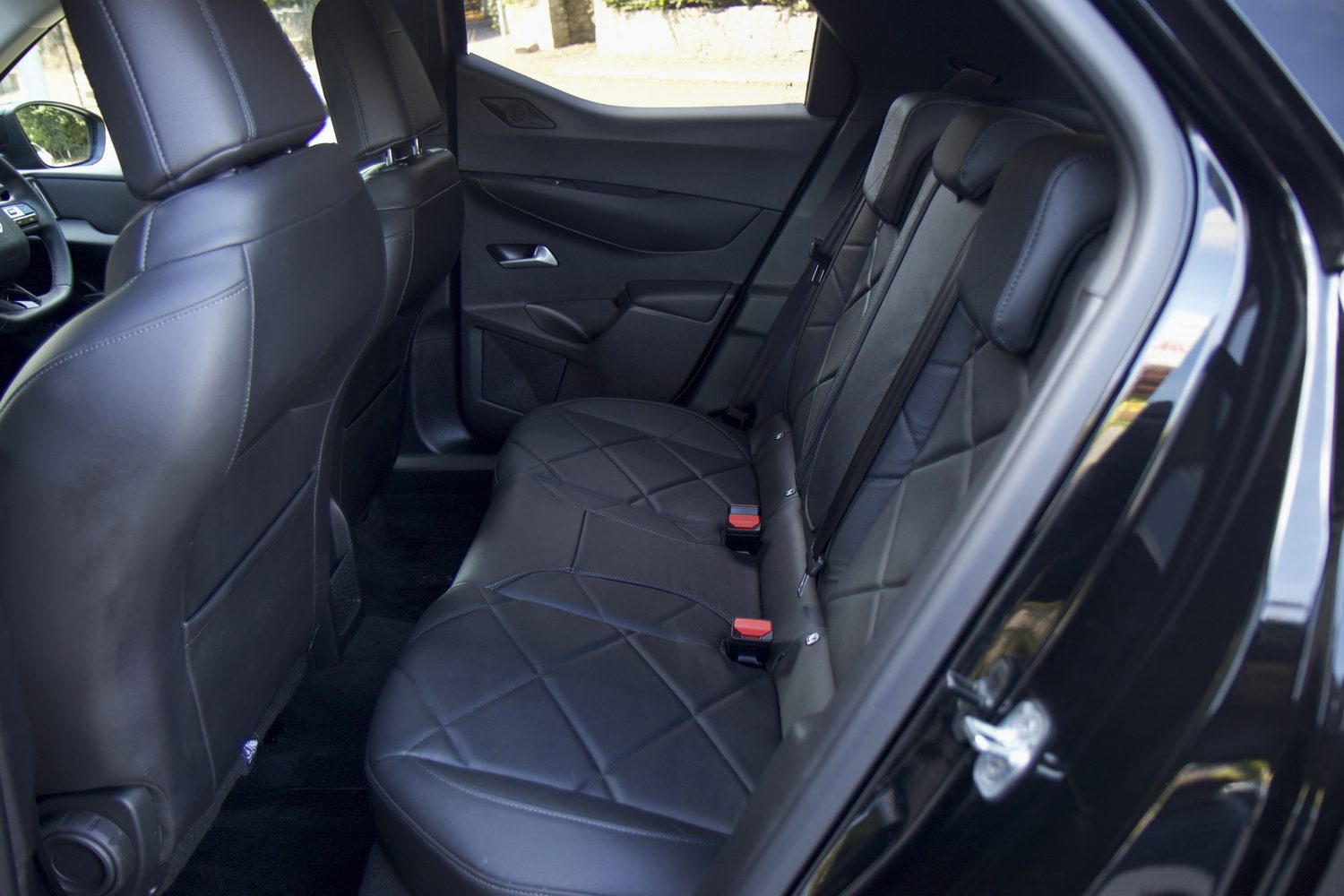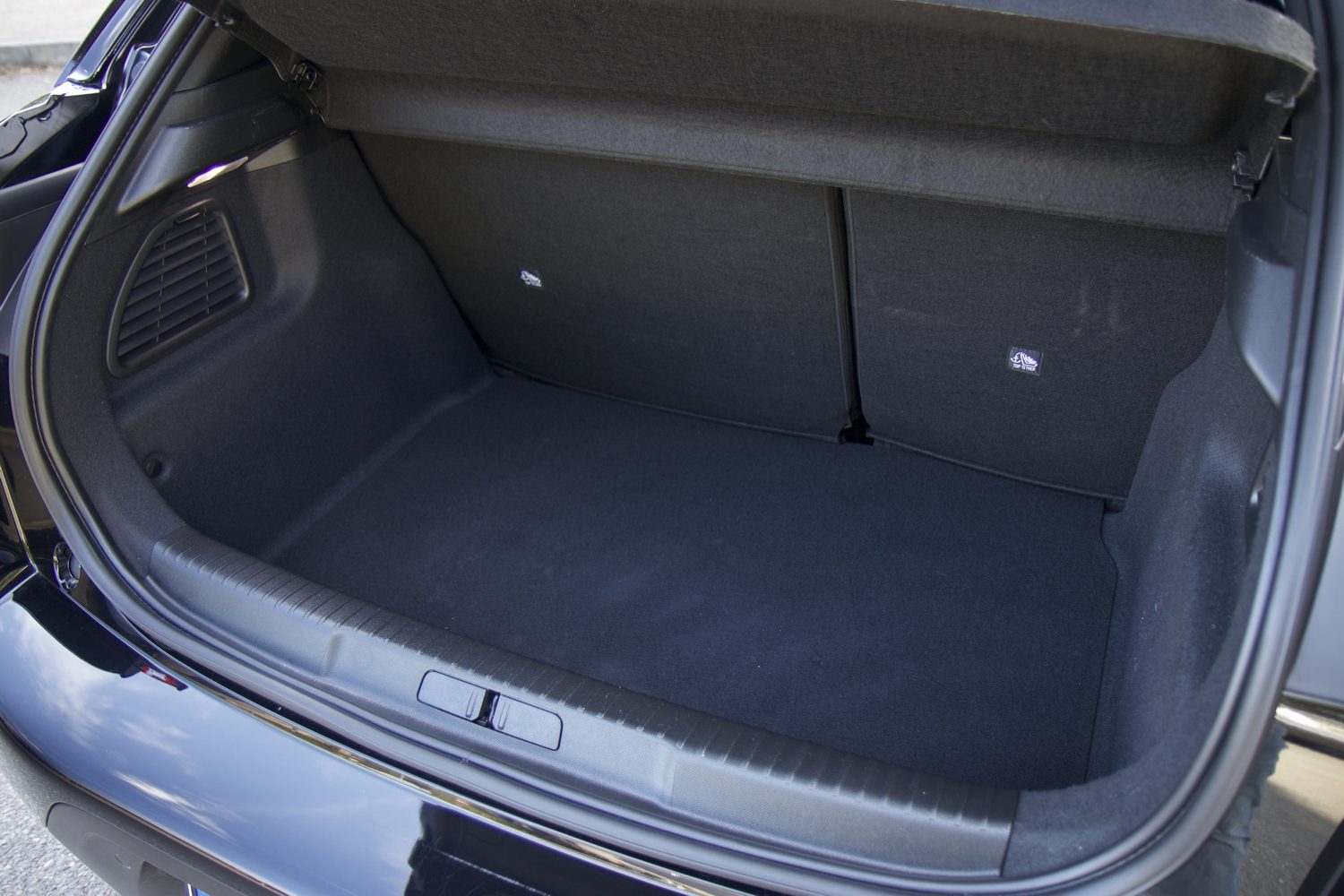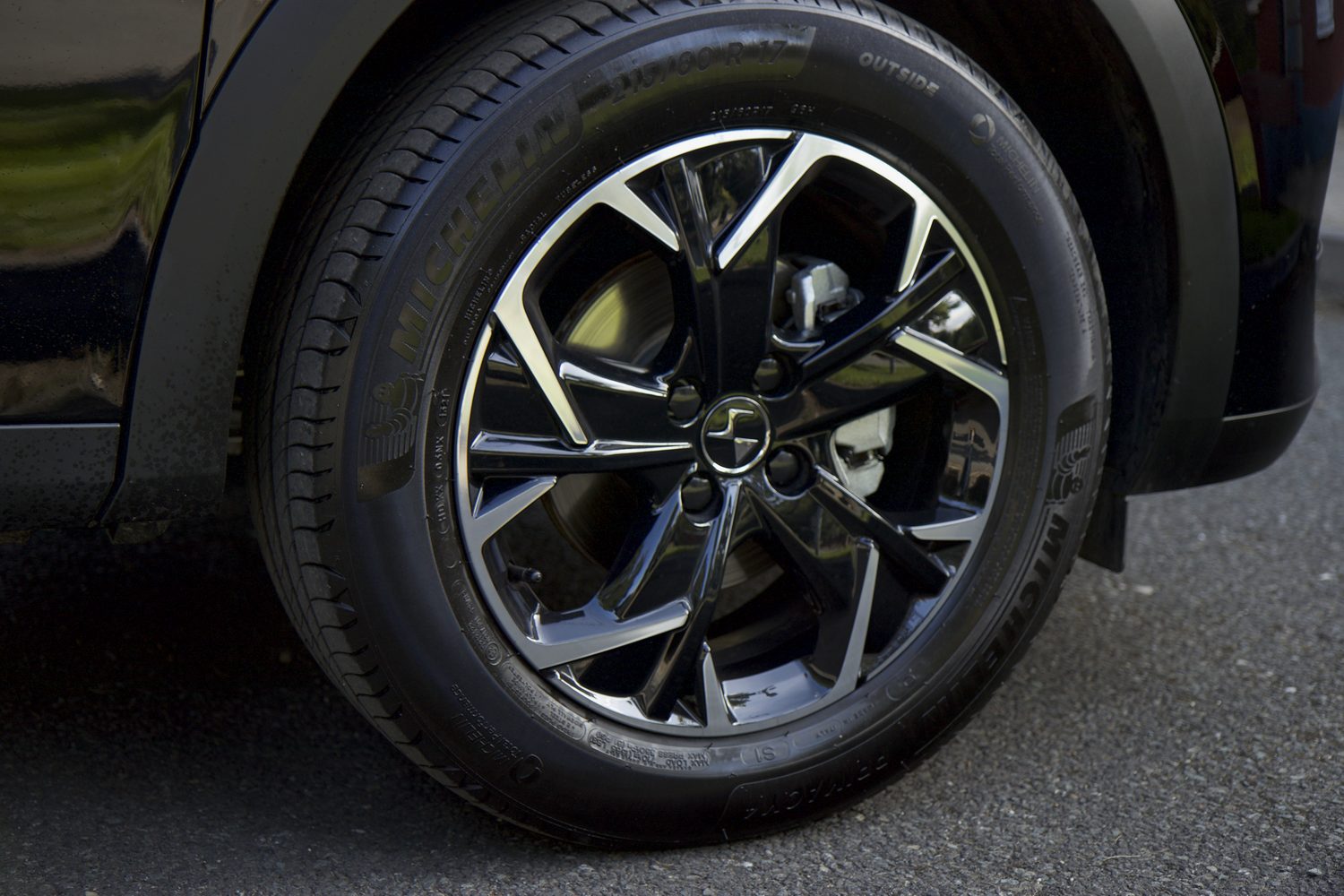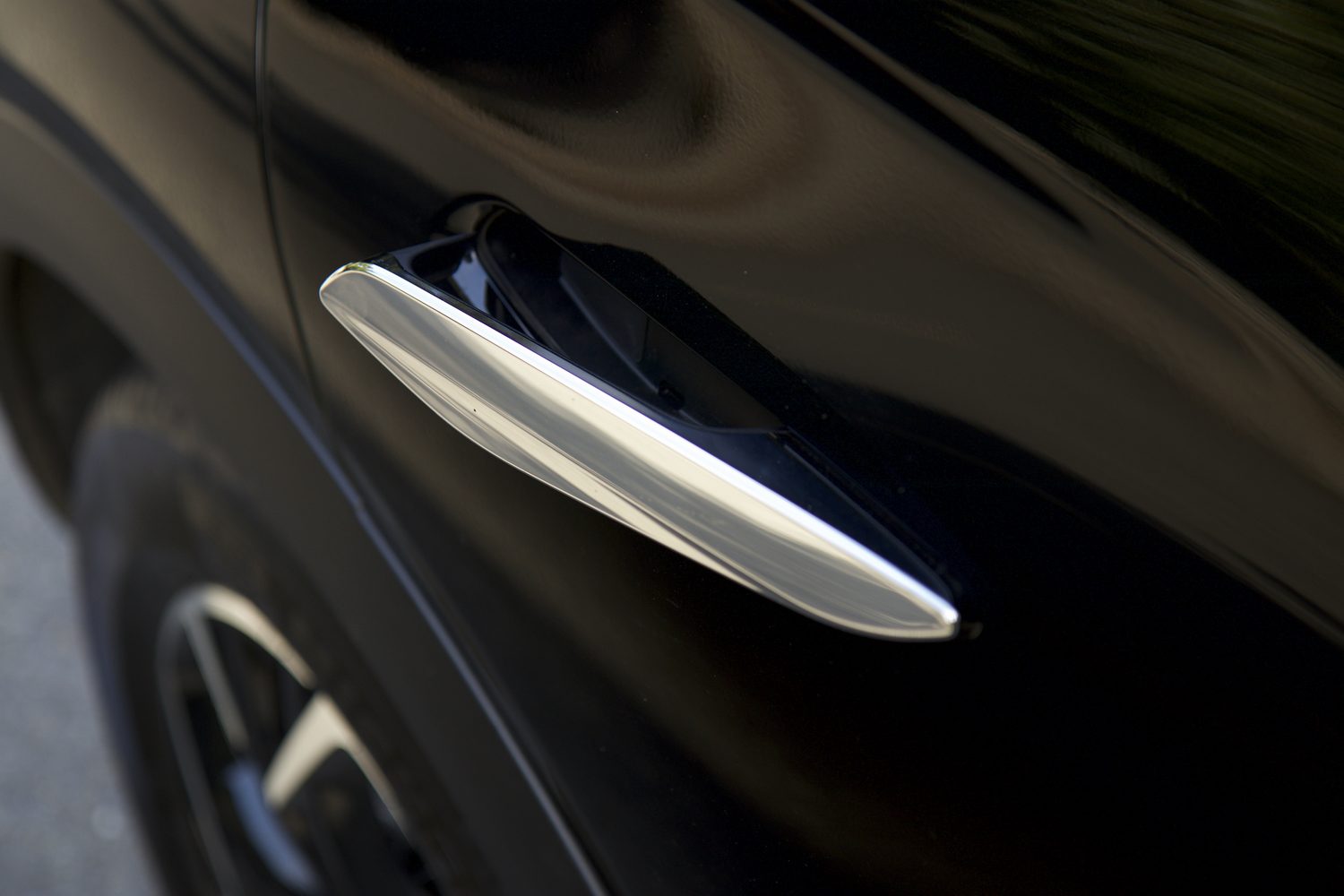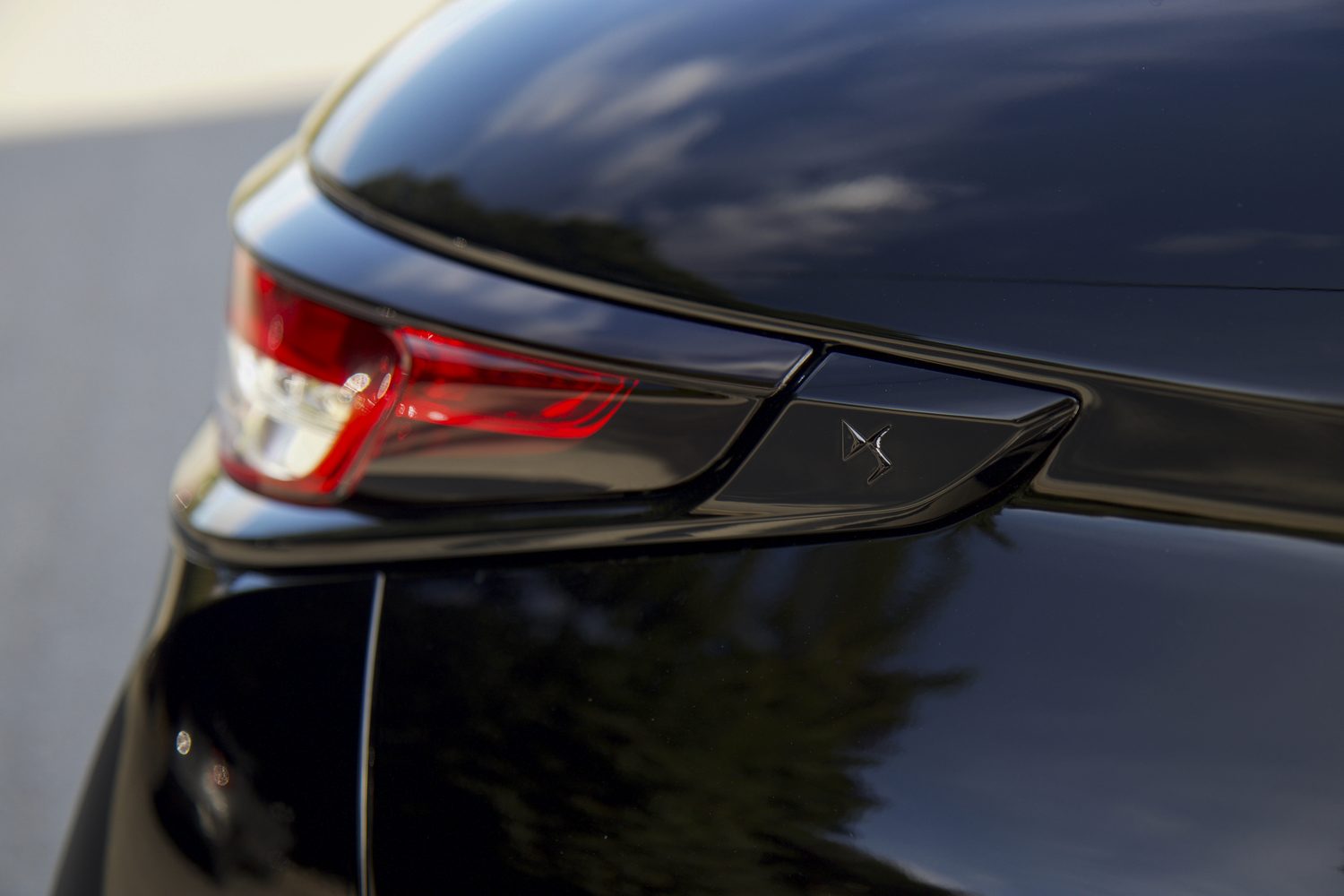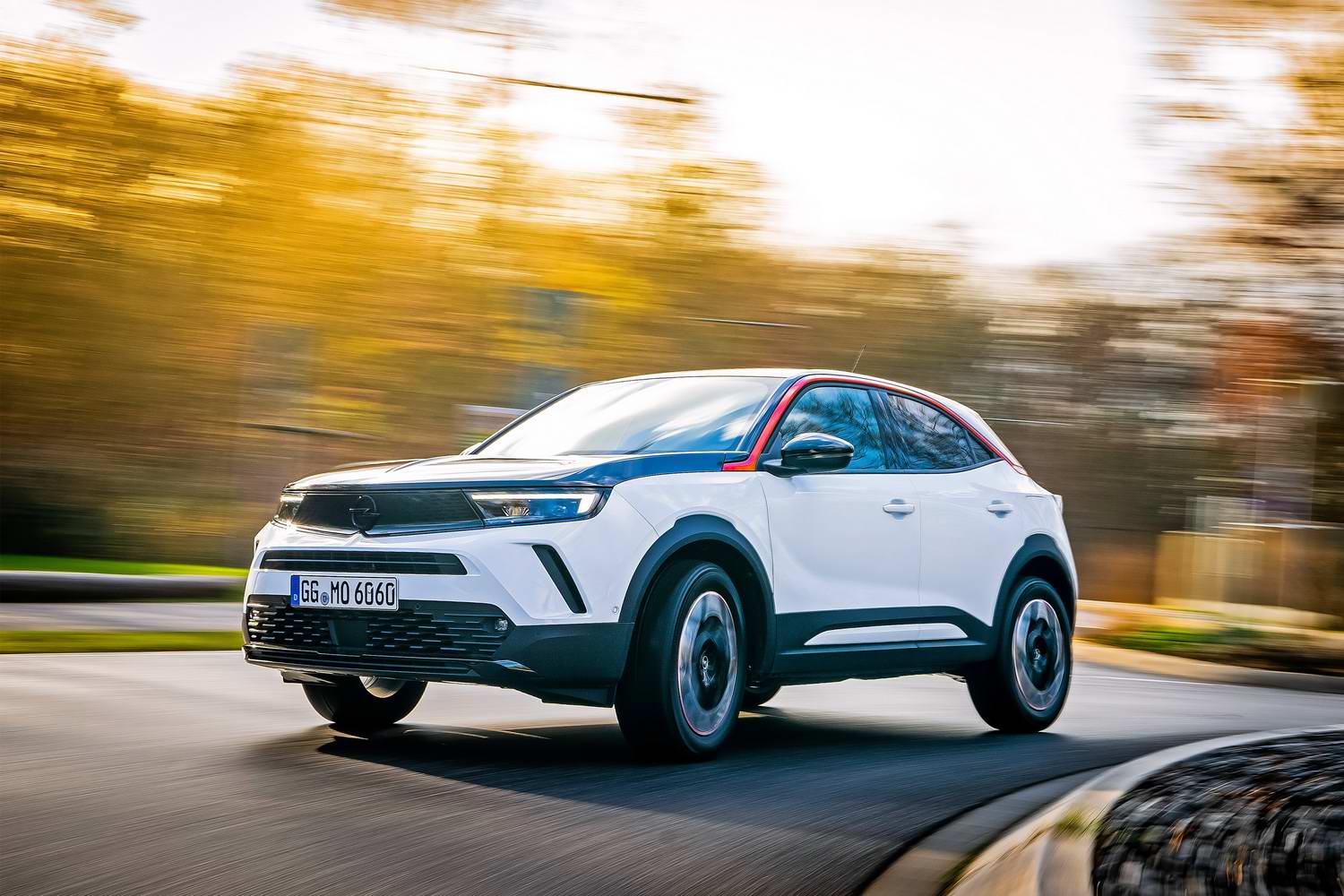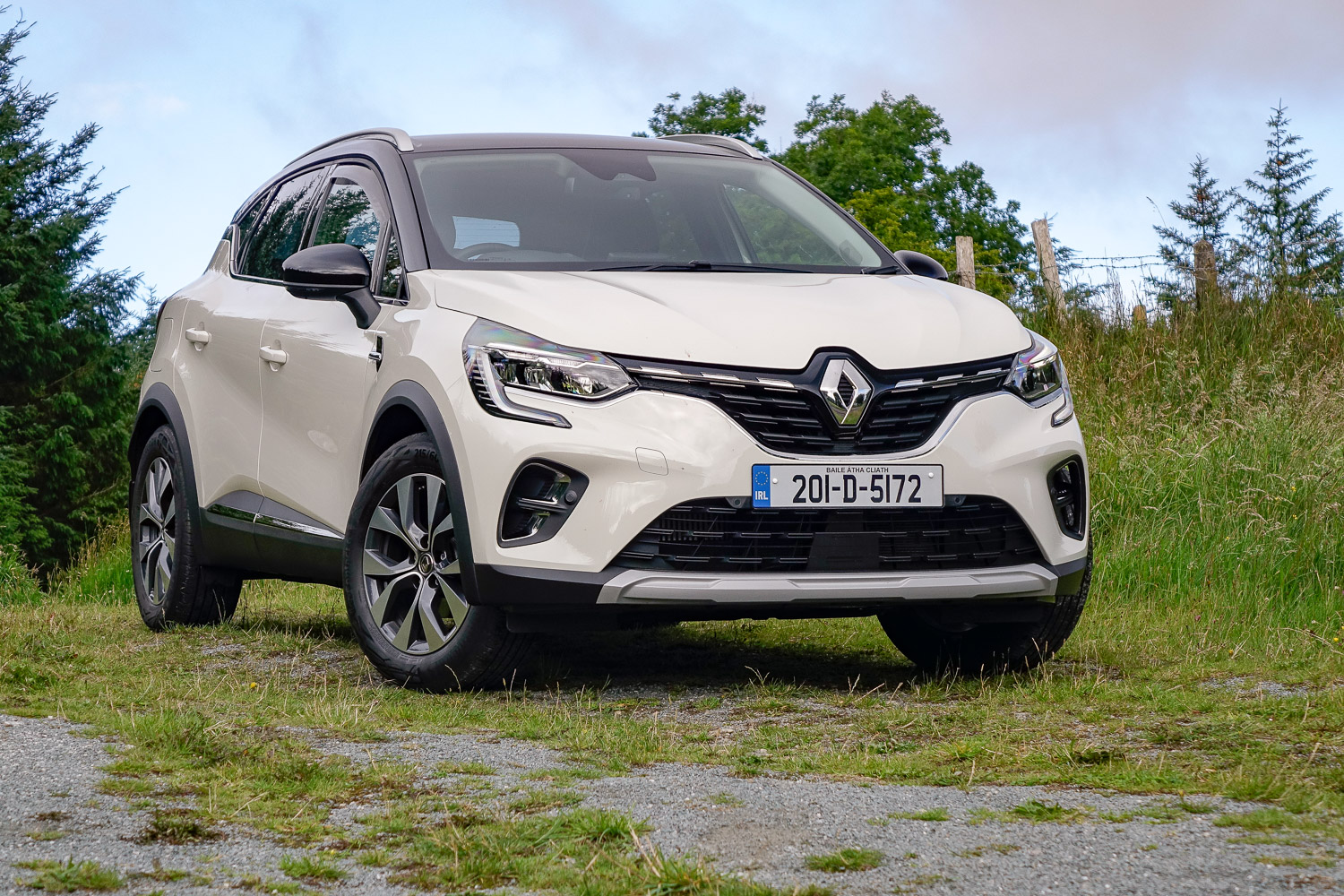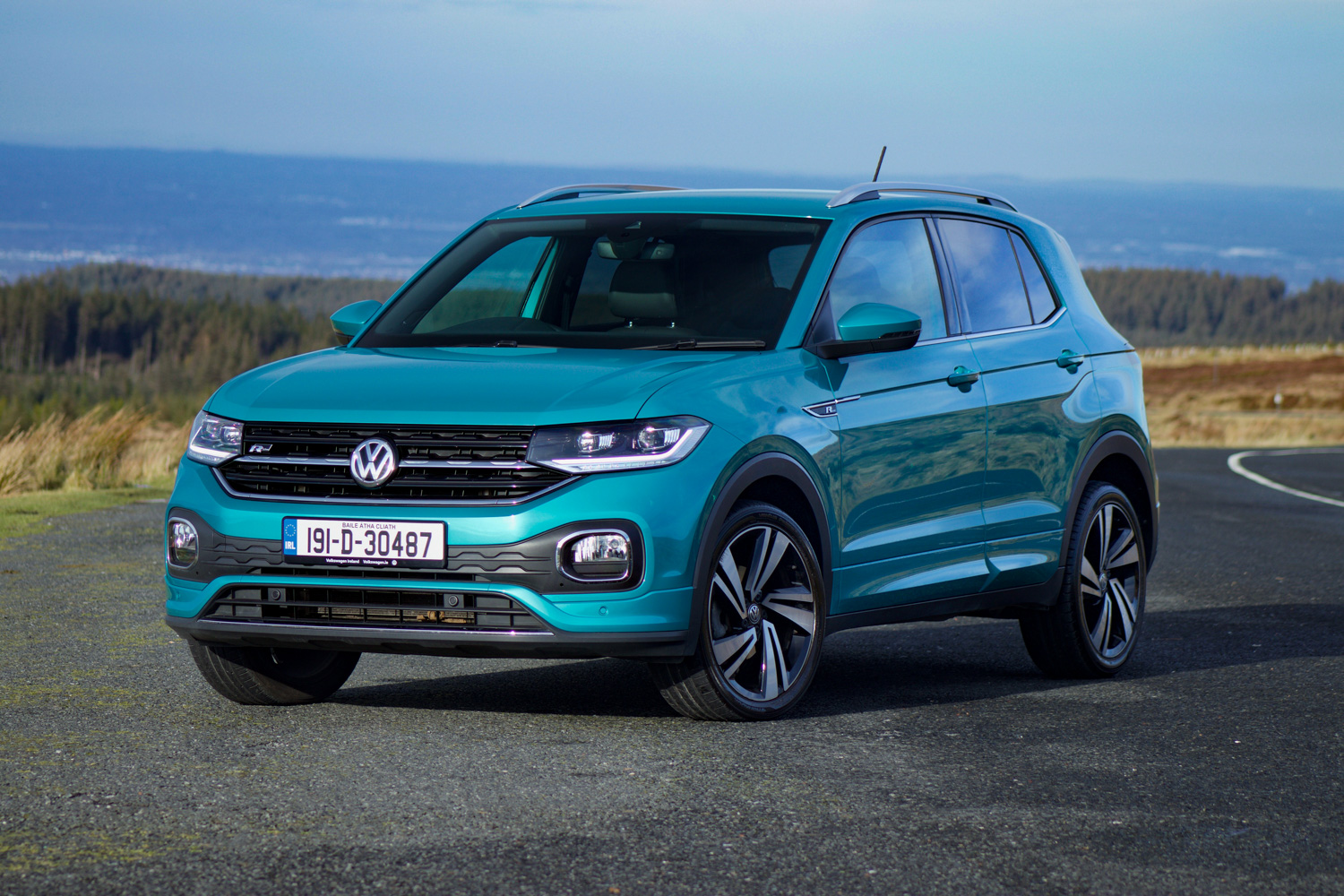DS 3 Crossback overview
No, it's not a Citroen. No matter how much you might want to conflate the words 'Citroen' and the letters 'DS' the fact is that DS is, these days, a standalone brand, with its own models, its own design language and a rapidly-building reputation for chic French luxury at relatively affordable prices.
The DS 3 is a little confusing, we'll grant you, as its predecessor was originally launched as a Citroen-badged model, a three-door sporty hatchback designed to take on the MINI at its own game. Which it did so, and quite successfully, not to mention spawning a dominant rally car too. To replace that likeable original DS3, the company came up with this - a five-door compact crossover called the DS 3 Crossback. For all its SUV pretensions, it's really still a fairly small five-door hatchback, competing with the likes of the MINI Countryman and Clubman, the Audi A1 citycarver and, on a good day, the Mercedes-Benz GLA.
The DS 3 Crossback comes with very distinctive styling - that 'shark's fin' kick up in the rear door is meant to remind you of the original DS3, but we'll let you decide how successfully it has been transferred to the new car. It's more striking than pretty, but it certainly stands out in a sea of Germanic samey sameness in the crossover market. Can it truly succeed, where so many previous pricey French hatchbacks have failed? And can it live up to the enduring legacy of that fabled original 1955 Citroen DS?
The DS 3 Crossback model range
The DS 3 Crossback line-up kicks off with the model we're testing, the Elegance. Prices start from €30,165 for the 1.2-litre turbo PureTech three-cylinder petrol engine with a six-speed manual gearbox. For €34,565 you can upgrade to our test model, an Elegance 1.2 PureTech with the eight-speed automatic transmission. For those who still need diesel, there's a 1.5-litre HDi Elegance for €32,185. Or for those with an eye on the future, there's an E-Tense electric model, using a 50kWh battery and a 136hp electric motor, priced from €38,811 including grants.
For a base model, a DS 3 Crossback Elegance is exceptionally well-equipped. You get front and rear parking sensors, a reversing camera, cruise control, automatic wipers and lights, self-dimming rear-view mirror, automatic air conditioning, 'Premium Comfort' seats, a seven-inch digital instrument panel, 17-inch alloy wheels, acoustic front and rear glass and a seven-inch touchscreen that comes with Apple CarPlay and Android Auto.
For €30,765 you can upgrade to a Performance Line model with the 1.2 engine and a manual gearbox. With the automatic, that rises to €35,165; or €32,785 for the diesel. The E-Tense electric version tops the price list at €39,373.
Performance Line models come with sportier interior trim, a different 17-inch alloy design, black perforated leather on the steering wheel, chrome interior details and aluminium pedals.
The peak of the DS 3 Crossback line-up is the Prestige, which starts at €38,665 for the 1.2 petrol with automatic; €40,970 for a more powerful 155hp version of the same engine; or €43,053 for the E-Tense electric version.
Prestige versions come with 'Bastille' leather seats, 18-inch alloys, a ten-inch touchscreen, keyless entry and all-round LED lights. Crucially, Prestige models also come with the Advanced Safety Pack - including an extended autonomous emergency braking system (which has cyclist and pedestrian recognition), better lane-keeping assistance and blind spot detection as standard. It's an option well worth considering as it costs the DS 3 a star off its EuroNCAP crash test result if it's not fitted. All E-Tense versions come with the Advanced Safety Pack as standard, incidentally.
CO2 emissions start from 118g/km for the 1.5 HDi diesel models, rising to 127g/km for the 1.2 PureTech petrol (or 136g/km for the automatic version), and 143g/km for the 155hp 1.2 engine. The E-Tense, of course, has zero CO2 emissions at point of use, and has a range of 320km on the WLTP cycle, with electric consumption of 17.7kWh/100km.
DS Ireland currently has a 4.9 per cent PCP offer in place for the DS 3, with repayments starting from €334 per month. Check out www.dsautomobiles.ie for up-to-date deals.
The DS 3 Crossback interior
DS has very clearly made some strenuous efforts to distance the DS 3's cabin from lesser, sister products such as the Citroen C4 and the Peugeot 2008. In that, it has been fairly successful - the screens have unique DS graphics, even if the overall menu layout and functionality is recognisably shared. Actually, that main instrument screen looks a touch small and underfed compared to those offered by rivals. It's quite clear, and the graphics look nice, but as we say - a touch small. It looks as if it's designed to be augmented by a head-up display, but one isn't offered as an option as yet (which is a shame, as the larger DS 4 has an excellent HUD system).
Also lacking are USB sockets - there's one in the front as standard, and none in the rear. To get two front USB sockets, you have to upgrade to the top-spec Prestige model. There is at least a 12-volt socket in the front.
However, there are some things that the DS 3 does very well indeed. The neat flush-fit door handles pop out automatically as you plip the unlock button, and feel good to the touch. Ditto the steering wheel - it's recognisably the same wheel as you'd find in a Citroen C3, but the leather and stitching look and feel good. Better yet are the 'Premium Comfort' seats, which genuinely live up to the name, especially with the diamond-quilted Bastille leather. That's an option on a lowly Elegance model such as this, but one well worth stretching to, as it really lifts the cabin ambience. The diamond quilted pattern is carried over to the buttons on the dashboard, and the switches down on the centre console. Those control the electric windows, door locks and the switchable driving modes, and it can actually take a bit of time to get your brain plugged in to reach down and left for such controls (although they do feel suitably expensive when you do so). Equally, we kept forgetting that the 'Engine Start' button was on the dashboard, not down on the console.
Space in the back is fine, although hardly exceptional, but the 350-litre boot is square and quite deep, so will take bulky items. The rear seats fold easily at the tug of a handle in the boot, splitting 60:40, but, though the seatbacks do fold down, there's a big lip between the boot floor and the backs of the seats. There's no adjustable boot floor either, so you just have to lump it, although with just over 1,000 litres of available space, the DS 3 is fairly practical when you're loading it to the max.
From a child safety perspective, there are two ISOFIX mounts in the outer rear seats,
The DS 3 Crossback driving experience
Once you've remembered where the engine start button is (ahem), the little 1.2-litre PureTech engine fires eagerly to life. It's long been an impressive unit. It revs happily and, thanks to its turbocharger, there's plenty of poke to allow it to compete with larger capacity engines. The only problem here is that it's a little on the noisy side for a car with luxury pretensions. Sure, it's a nice enough noise - a cheerful little three-cylinder rasp - but for longer journeys we'd like to hear it a little less.
Of course, you can get rid of that altogether by plumping for the all-electric E-Tense, and for many of us that's not a bad idea at all. The E-Tense has a decent 320km range, but that does tail off quite quickly if you're doing much in the way of motorway miles. Mind you, it will rapid-charge at speeds of up to 100kW if you can find a charger capable of supplying that, so longer journeys are do-able with a little planning. Electrification really suits the DS 3, not least because of the added refinement.
The 1.2 PureTech's advantage over its electric sister is twofold - obviously, at the moment, it's a lot more convenient (if more expensive, and a lot less good for the environment) to fill up with petrol rather than electrons, and the petrol car's lower weight means that it's nicer to drive, too. That manifests itself in cornering, where the DS 3 Crossback proves keener to steer than we had expected it to. It's not what we'd call a driver's car, exactly, but there's a pleasantly fluid feel to the light steering, and a sense of agility that seems to have been carried over from the old DS3 hatchback.
That driver involvement hasn't come at the expense of ride quality. The DS 3 is firmly sprung, but not harsh, riding most road surfaces with a well-damped aplomb. It fidgets and jiggles over poor urban roads, but it's tolerable.
The 1.2 is also impressively economical. We regularly beat the official 6.1 litres per 100km fuel consumption figure when driving gently, and overall managed 6.5 litres per 100km including long motorway drives and urban use.
Rivals to the DS 3 Crossback
The DS 3 Crossback has some quite strong rivals from within the Stellantis group, thanks to its cousins at Peugeot, Citroen and Opel. Any of the 2008, C4, or Mokka offer the same mechanical package as the DS 3, and if they lack the DS's premium chattels, they still all have decent build quality, enjoyable driving experiences and, in the case of the C4, more room inside.
In terms of premium rivals, the DS 3's closest is the Audi A1 citycarver, another small posh hatchback with ideas of being a crossover. The A1 is a bit smaller inside, and doesn't feel as overtly luxurious, but it is well built and not bad to drive. The Mercedes-Benz GLA is larger and more obviously premium than the DS, and more expensive too, but you can see higher-end DS 3 models competing with it.
Our verdict on the DS 3 Crossback
So, can the DS 3 bring chic French luxury to the small car segment? Yes, actually it can. It's not a perfect car by any means - this petrol version could do with better refinement and the screens on the dashboard are less than satisfactory - but it actually does the luxury thing with some skill. It's wonderfully comfortable inside, with excellent seats and high-quality fixtures, and there's a slight sense of driving around in a small Hermés handbag at times, which we suppose is kind of the point. As a trendy, slink-around-town device for those looking to cut a dash, but who want something less predictable than some other models, it's a potentially very good buy. Convincing Irish buyers of such merits may not be easy, but the DS 3 will have a good old go at doing so.
What do the rest of the team think?
While the DS 3 is at its best in electric format, the petrol model does get under your skin with its characterful engine and, as Neil said, surprisingly engaging handling. It's not cheap to buy, but the interior is suitably unique and distinctly well-equipped, while the whole car makes for a refreshing change from the norm.
Shane O' Donoghue - Editor

